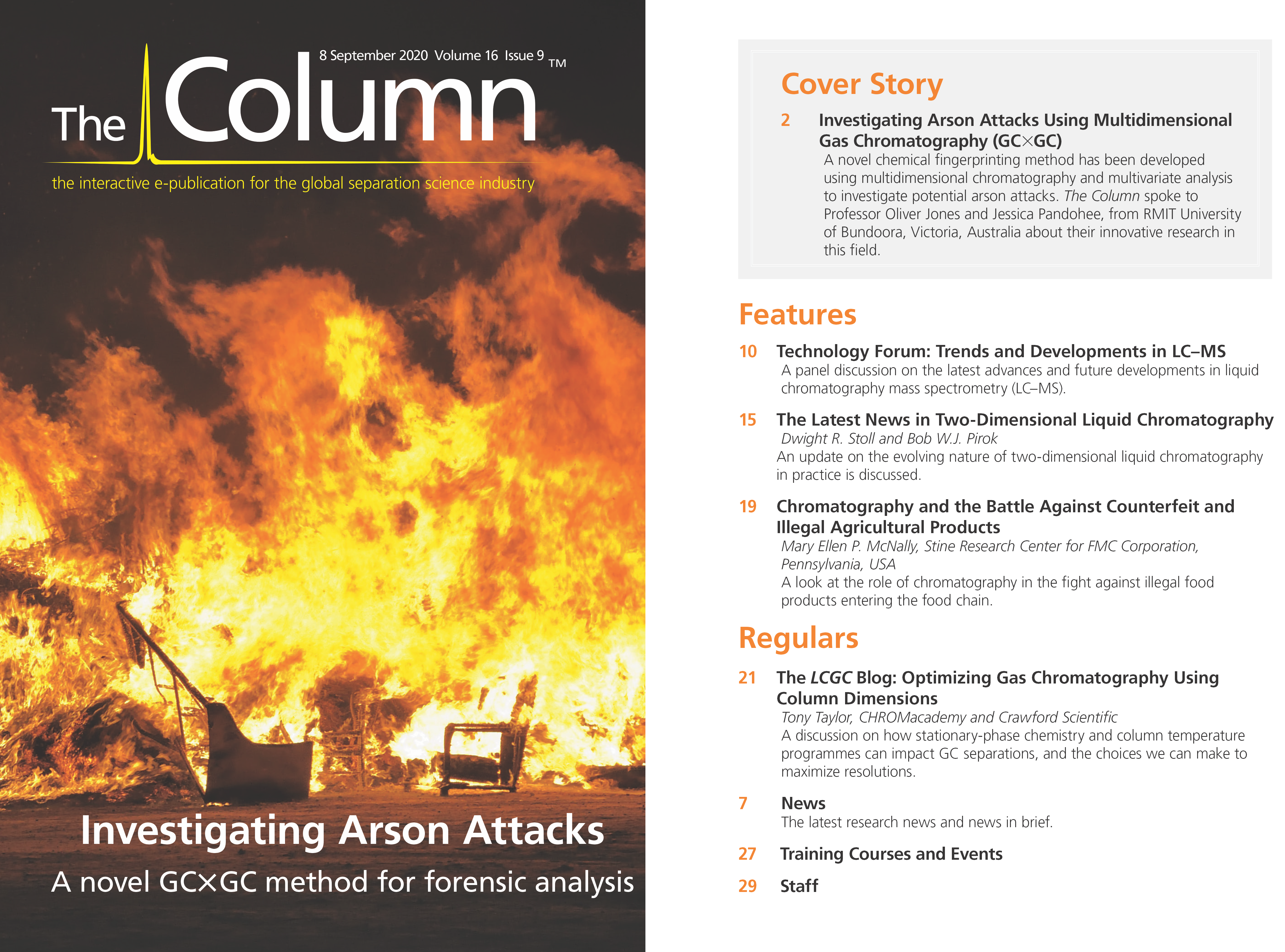Unlocking the Potential of Pharmaceutical Impurities
A new methodology and protocol to increase the scope of essential pharmaceutical analysis during the production and testing of drug molecules.
cassis/stock.adobe.com

During the production and testing of drug molecules, numerous impurities are removed to protect users from potentially toxic compounds, however, some impurities prove not to be toxic and could in fact have their own therapeutic potential. As such, researchers have developed a new methodology and protocol to increase the scope of essential pharmaceutical analysis to include drug discovery (1).
The drug discovery landscape is an increasingly demanding but fundamental part of the pharmaceutical industry, which constantly seeks new technologies to speed up all steps of the drug discovery process. Structure-based computational assessments are increasingly being relied on for the prediction of toxicity and biological activities, and bridging the gap between drug discovery and pharmaceutical analysis requires methods for the characterization of compounds produced during pharmaceutical drug production. As such, researchers developed a protocol and examined its potential by characterizing the major degradation products of zileuton (ZLT), which is a 5-lipooxygenase (5-LOX) inhibitor used for the treatment of asthma.
The initial degradation products were resolved using an ultra-high-pressure liquid chromatography photo-diode-array (UHPLC‑PDA) protocol, which was validated in a previous study (2). ZLT, along with acid- and alkali-stressed samples, were then subjected to liquid chromatography–mass spectrometry quadrupole time-of-flight (LC–MS-QTOF) studies. Major degradation products were isolated using preparative thin layer chromatography (PTLC) and characterized using QTOF and/or Proton nuclear magnetic resonance (1H NMR) studies. The information obtained was assembled for structural conformation.
Toxicology prediction software identified some compounds as non-toxic and hence they could be explored as therapeutic targets as they may have potential bio-therapeutic uses. Further analysis using three-dimensional extra precision (3D-XP)-molecular docking explored the changes in the bio-affinity of the degradation productions for the 5-LOX enzyme, with one product being found to have a higher binding affinity than the drug itself indicating it could potentially be a suitable anti-asthmatic.
Further to this, the products were evaluated for activity at other sites using prediction of activity spectra for substances (PASS) with some products being predicted antineoplastic, antiallergic, and inhibitors of complement factor-D, making them a potential antitumour agent.
References
- S.B. Ganorkar et al., J. Pharm. Biomed. Anal. 179, 112982 (2020).
- S.B. Ganorkar, D.M. Dhumal, and A.A. Shirkhedkar, Arab. J. Chem. 10, 273–282 (2017).

New TRC Facility Accelerates Innovation and Delivery
April 25th 2025We’ve expanded our capabilities with a state-of-the-art, 200,000 sq ft TRC facility in Toronto, completed in 2024 and staffed by over 100 PhD- and MSc-level scientists. This investment enables the development of more innovative compounds, a broader catalogue and custom offering, and streamlined operations for faster delivery. • Our extensive range of over 100,000 high-quality research chemicals—including APIs, metabolites, and impurities in both native and stable isotope-labelled forms—provides essential tools for uncovering molecular disease mechanisms and exploring new opportunities for therapeutic intervention.
New Guide: Characterising Impurity Standards – What Defines “Good Enough?”
April 25th 2025Impurity reference standards (IRSs) are essential for accurately identifying and quantifying impurities in pharmaceutical development and manufacturing. Yet, with limited regulatory guidance on how much characterisation is truly required for different applications, selecting the right standard can be challenging. To help, LGC has developed a new interactive multimedia guide, packed with expert insights to support your decision-making and give you greater confidence when choosing the right IRS for your specific needs.

.png&w=3840&q=75)

.png&w=3840&q=75)



.png&w=3840&q=75)



.png&w=3840&q=75)










